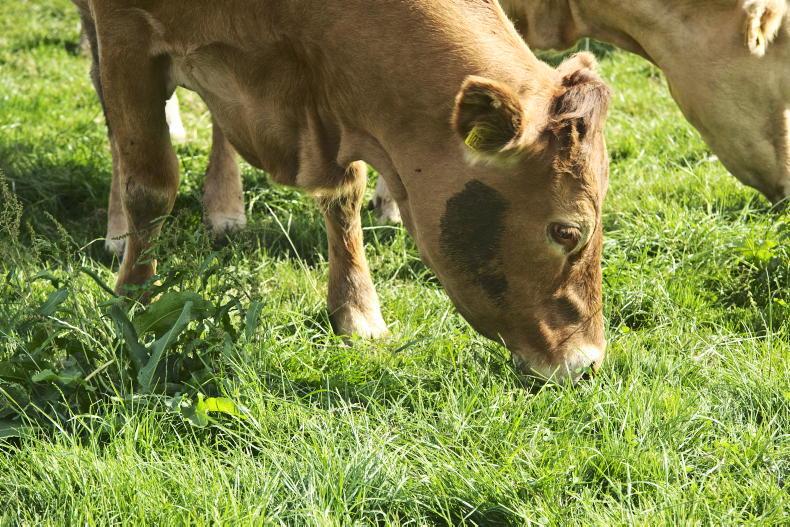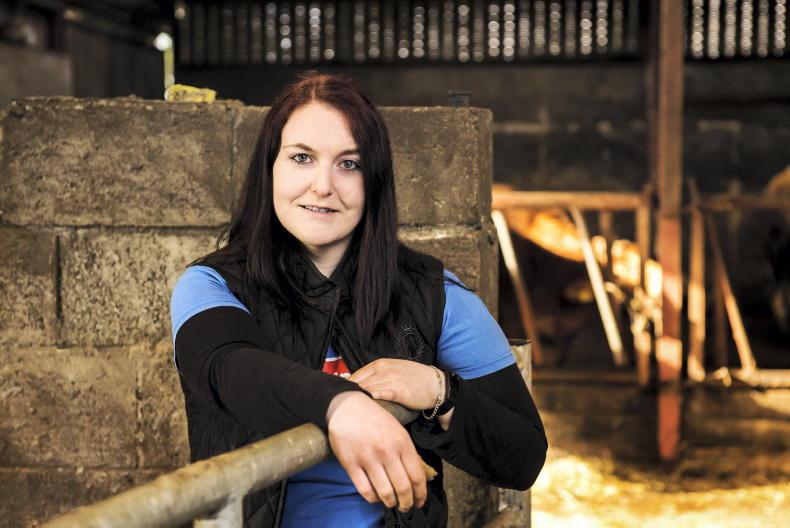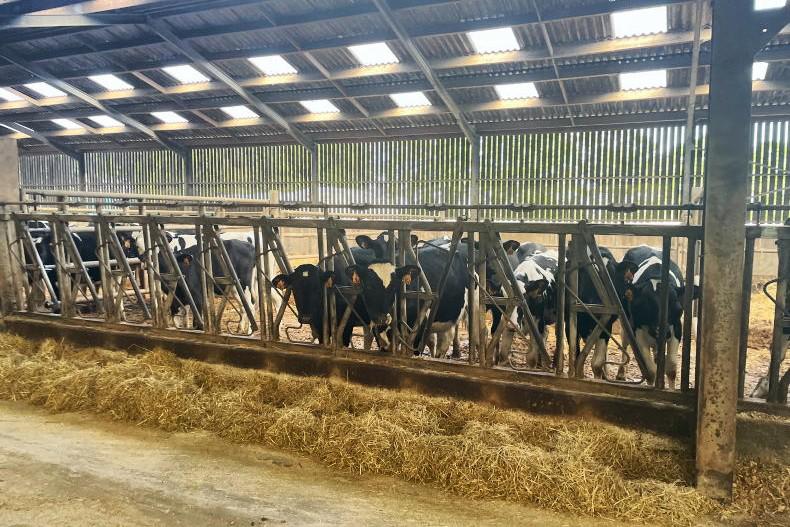The good weather has seen a fleet of grass machinery hit the roads and fields in the last two weeks, with brilliant conditions making the usual smash and grab exercise a lot less time sensitive this year.
In general, growth in the southern half of the country is about 20% less this week as soil moisture deficits creep up. With no rain forecast for the coming week or more, this is likely to further decrease, although growth had been well in excess of demand on a lot of farms anyway.
There’s no major need to hit the panic button just yet, as long as average farm cover is above 500kg DM/ha or 150kg DM/lu.
If growth is dipping and farm cover is falling rapidly, the demand on grass needs to be reduced.
Concentrates can be introduced to stock near finishing, or autumn born weanlings can be weaned and their dams placed on a restricted diet, with culls from this sold.
Spring calving cows are in the middle of breeding, so quality grass in sufficient quantities needs to be kept in front of these.
There seems to be a lot of stem creeping in to swards at the minute. If farm cover and growth allow, mow these out and bale them.
If the cover and growth are too low, pre-mowing will lead to a faster recovery and less wastage than topping post-grazing.
Ger McSweeney – Millstreet, Co Cork
The good weather is suiting my ground at present with good dry matter in the grass and the cattle are very content. I have been taking out ground for silage as I go with about two thirds of it cut.
The first was cut over a week ago averaging nine bales/acre, while the second block averaged seven and a half bales/acre as I decided to go for quality grass.
I oversowed clover at the beginning of May as a trial to see how it performs, so hopefully this dry spell doesn’t set it back.
The cattle are going into nice covers and are well on top of grass, with the strongest cover being 1,800 kg DM/ha but I decided not to skip it as the forecast showed that we would be experiencing heat, and I felt it could slow down grass growth.
System Suckler to beef
Soil Type Variable
Farm cover (kg/DM/ha) 874
Growth (kg/DM/ha/day) 55
Demand (kg/DM/ha/day) 57
Ken Gill – Clonbullogue, Co Offaly
Grass growth is well underway at the moment and I will be mowing my first cut silage on Wednesday, which will consist of 40-45 acres that will go into the pit.
It has white clover in it and has performed really well since receiving slurry applied using a trailing shoe back in March. I already have some red clover silage made.
Grazing is going well, with the cattle entering paddocks in the region of 1,100- 1,200kg DM/ha. The weanlings graze out first and the cows enter afterwards to clean up, but they haven’t been grazing as bare as previous years, so I just allow them three days.
I have sown a cover crop of peas and oats this year which has started to show on the ground, so I am hoping that the dry conditions won’t set it back.
System Suckler to finishing
Soil Type Variable
Farm cover (kg/DM/ha) 874
Growth (kg/DM/ha/day) 83
Demand (kg/DM/ha/day) 38
Niall O’Meara – Killimor, Co Galway
I have 21 acres of silage cut so far since the weather picked up, averaging 7.5 bales/acre from 2,000gal slurry and 42.5 units of urea/acre. My growth is double my demand at present, so I hope to take out paddocks shortly.
The young stock are performing well on covers of 1,300-1,400kg DM/ha. Some of the silage ground that was cut has received 1,500 gallons/acre of slurry.
I stitched in five acres of red clover recently and it was present in the field within five days, so I am hoping this dry spell doesn’t set it back as I will likely have to spread watery slurry on it to give it a chance.
I have cut back slightly on artificial fertiliser usage, especially on nitrogen as I hope to rely more on the clover in the swards.
System Suckler to weaning
Soil Type Variable
Farm cover (kg/DM/ha) 751
Growth (kg/DM/ha/day) 61
Demand (kg/DM/ha/day) 31










SHARING OPTIONS